Maps and metrics of insecticide-treated net access, use, and nets-per-capita in Africa from 2000-2020
Por um escritor misterioso
Last updated 26 abril 2025
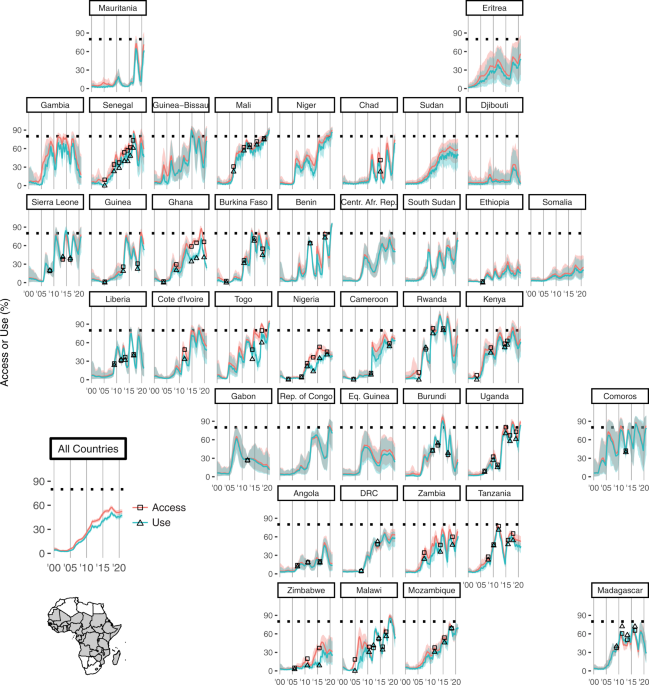
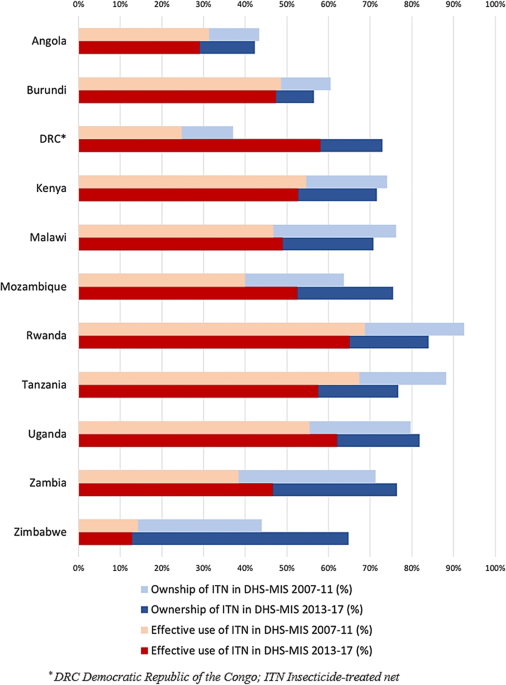
Spatiotemporal analysis of insecticide-treated net use for children under 5 in relation to socioeconomic gradients in Central and East Africa, Malaria Journal
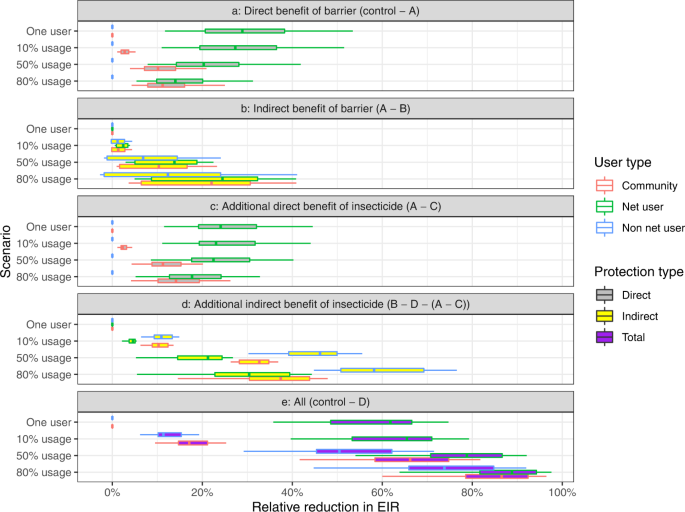
Quantifying the direct and indirect protection provided by insecticide treated bed nets against malaria

Optimising the deployment of vector control tools against malaria: a data-informed modelling study - The Lancet Planetary Health

Long-lasting insecticidal nets provide protection against malaria for only a single year in Burundi, an African highland setting with marked malaria seasonality
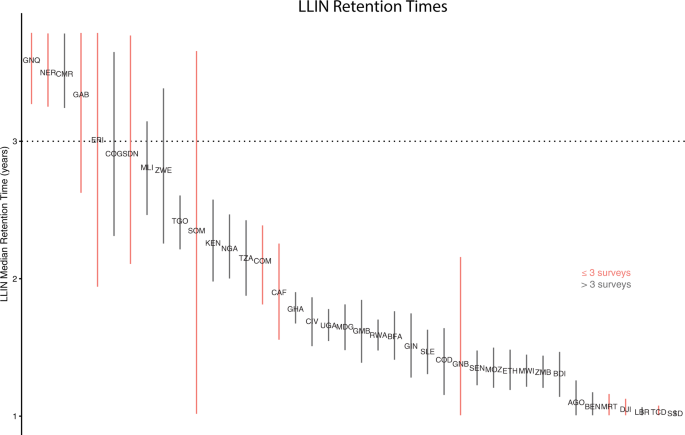
Maps and metrics of insecticide-treated net access, use, and nets-per-capita in Africa from 2000-2020

Optimising the deployment of vector control tools against malaria: a data-informed modelling study - The Lancet Planetary Health
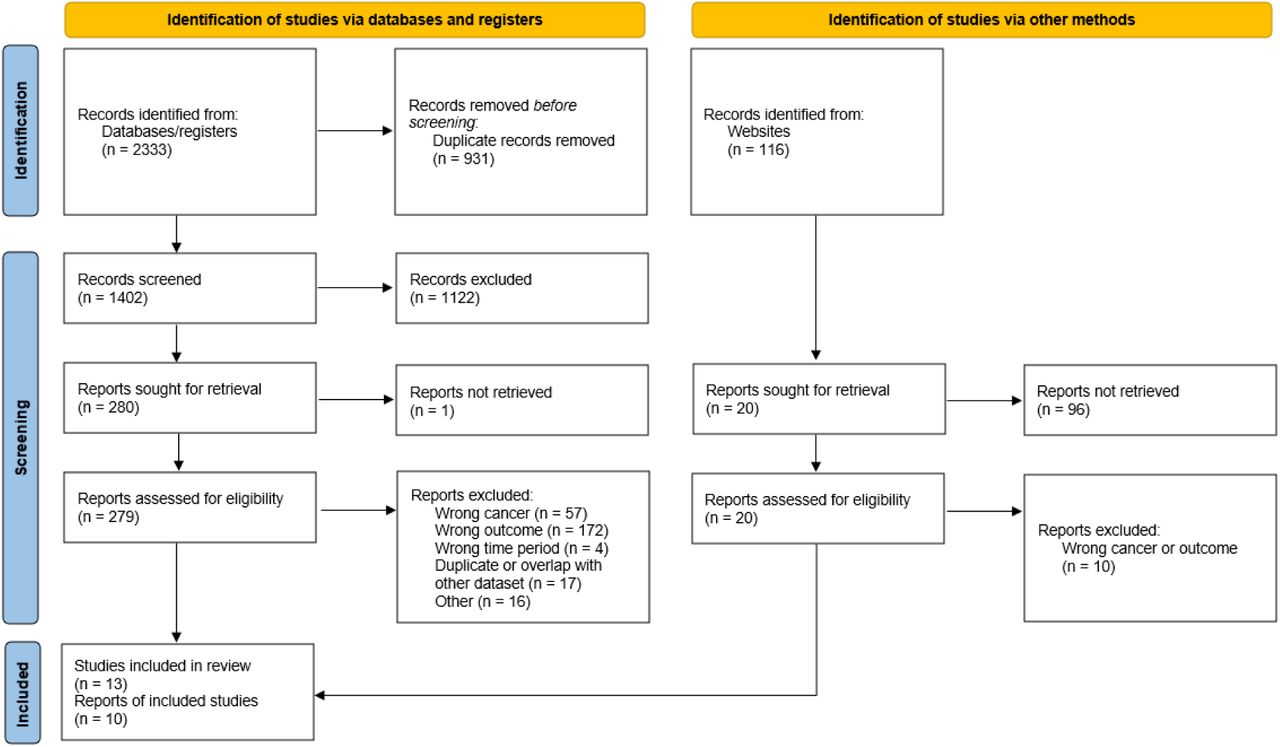
Association between insecticide-treated bed net use and Burkitt lymphoma incidence in children in sub-Saharan Africa: a systematic review and population-level analysis
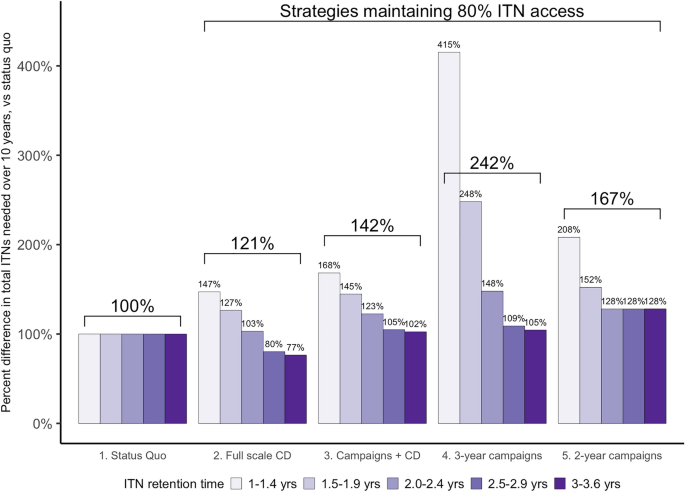
How many mosquito nets are needed to maintain universal coverage: an update, Malaria Journal

Module 1 - Xarray datasets — Training course in data analysis for genomic surveillance of African malaria vectors
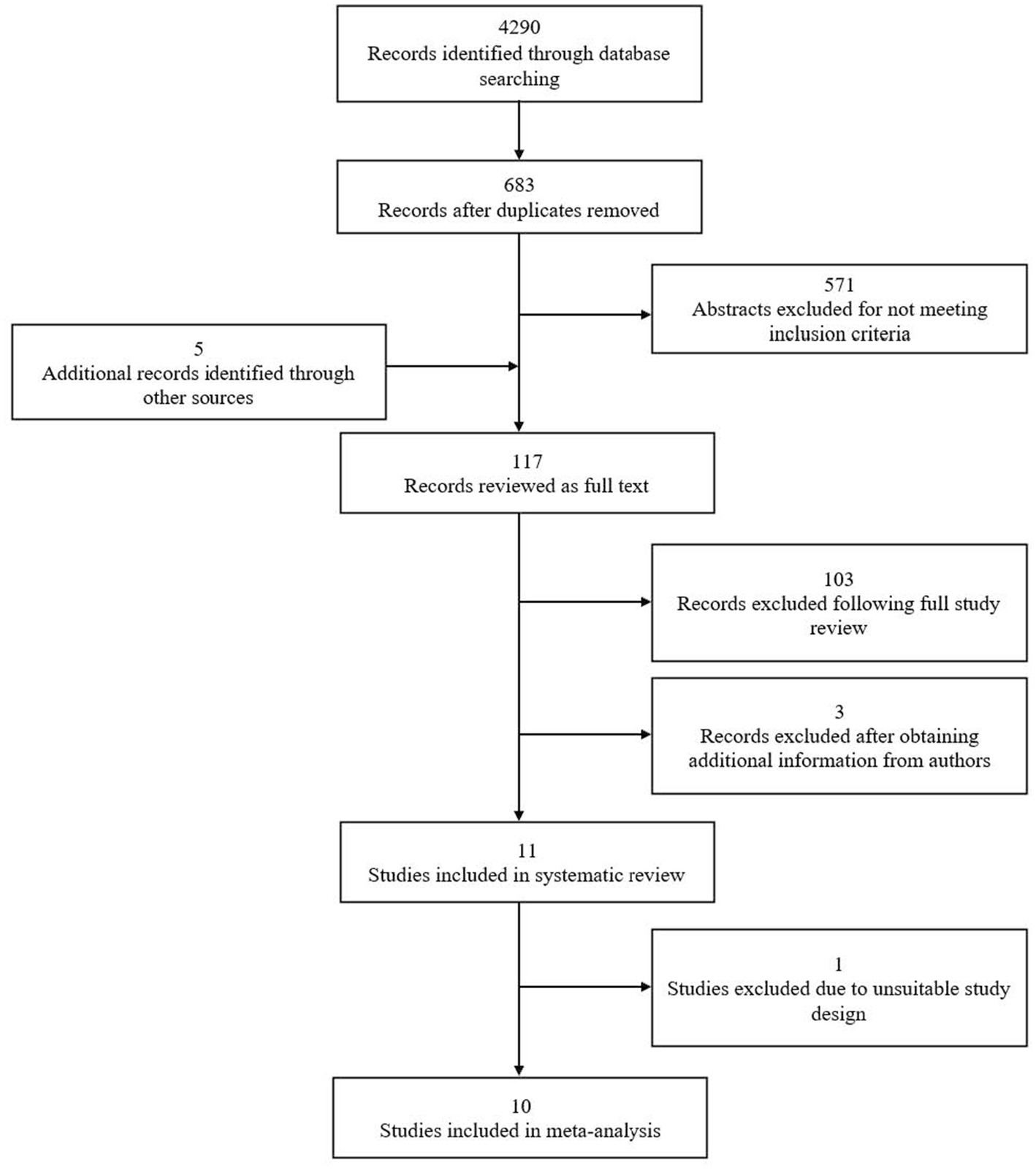
Frontiers Effectiveness of health education interventions to improve malaria knowledge and insecticide-treated nets usage among populations of sub-Saharan Africa: systematic review and meta-analysis

Net gains for Mali: Using data to guide insecticide-treated net prioritization – The U.S. President's Malaria Initiative VectorLink Project

Insecticide-treated bednet (ITN) coverage among children under the age

Coverage and system efficiencies of insecticide-treated nets in Africa from 2000 to 2017
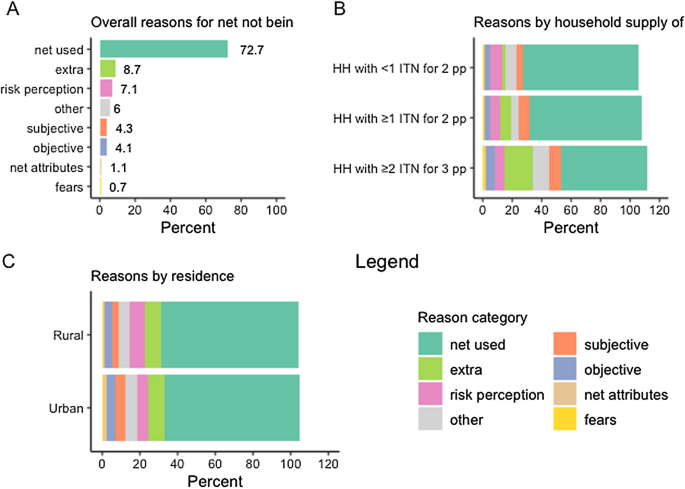
Reported reasons for non-use of insecticide-treated nets in large national household surveys, 2009–2021, Malaria Journal

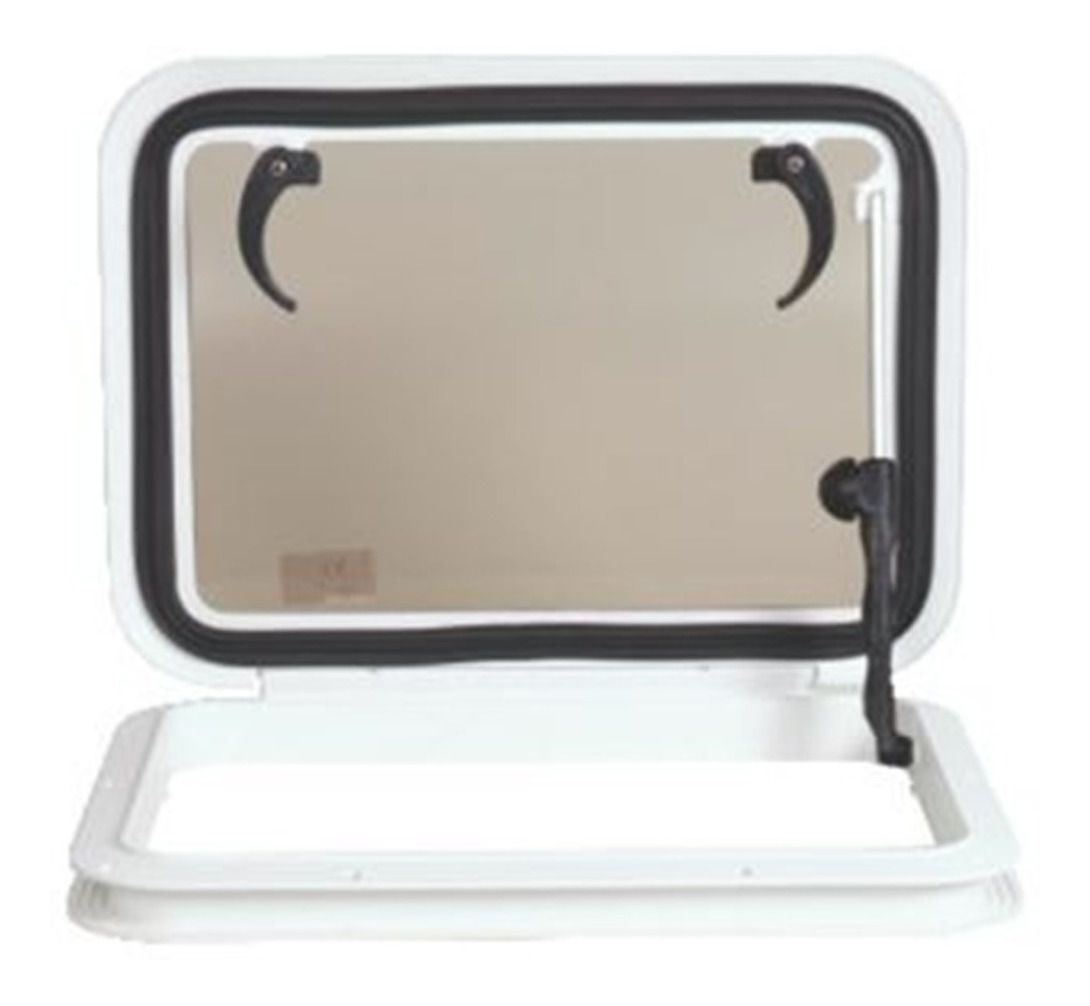









![Cianelas' 100 Faces Meme by Mornia -- Fur Affinity [dot] net](https://d.furaffinity.net/art/mornia/1578653375/1578653375.mornia_2020-01-05_100_faces_meme_public.jpg)






